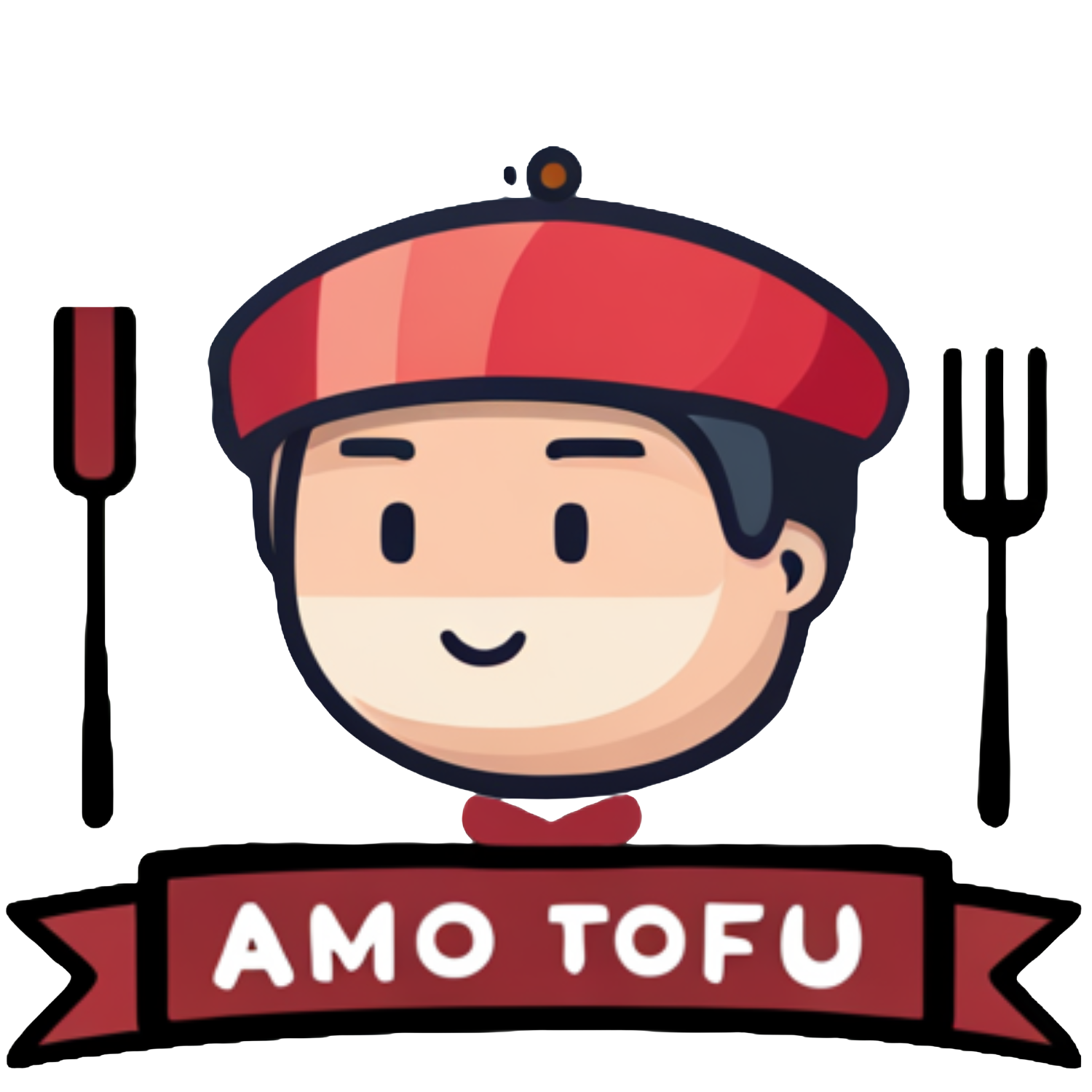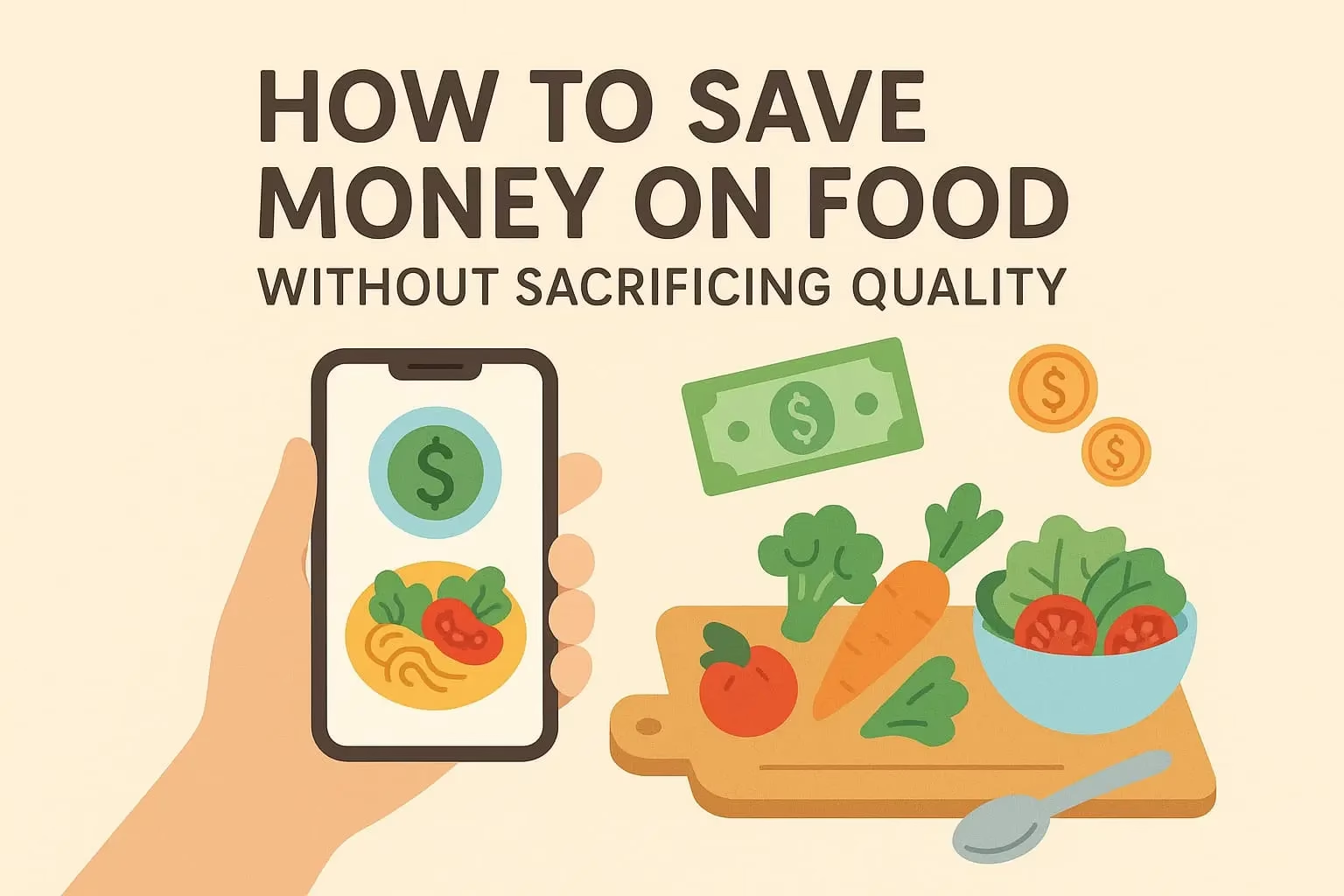One of the most common questions about plant-based eating is: “Where do you get your protein?” The truth is, plants have plenty of protein — and getting enough is easy when you know what to look for.
In this guide, you’ll learn everything you need to know about plant-based protein, including the best sources, how much you really need, and how to build protein-rich meals with simple ingredients.
Why Protein Matters
Protein is essential for:
- Building and repairing muscles and tissues
- Supporting immune function
- Producing hormones and enzymes
- Feeling full and satisfied after meals
You don’t need massive amounts, but you do need a consistent intake from a variety of sources.
How Much Protein Do You Need?
Most healthy adults need about 0.8 to 1 gram of protein per kilogram of body weight (or roughly 0.36 to 0.45 grams per pound).
For example:
- A 140 lb (63 kg) person needs ~50–60g per day
- A 175 lb (79 kg) person needs ~65–80g per day
Active individuals, athletes, or people over 60 may need slightly more.
The good news? It’s easy to meet these needs with plants.
Top Sources of Plant-Based Protein
Here are some of the most protein-rich vegan foods:
🌱 Legumes (per 1 cup cooked)
- Lentils: 18g
- Chickpeas: 15g
- Black beans: 15g
- Soybeans: 29g
🌾 Whole Grains (per 1 cup cooked)
- Quinoa: 8g
- Brown rice: 5g
- Oats: 6g
- Buckwheat: 6g
🥜 Nuts & Seeds (per 2 tbsp)
- Peanut butter: 8g
- Chia seeds: 5g
- Hemp seeds: 6g
- Almonds: 6g
🧀 Plant Proteins
- Tofu (1/2 block): 20g
- Tempeh (1 cup): 30g
- Seitan (3 oz): 21g
- Edamame (1 cup): 17g
🥣 Extras
- Nutritional yeast (2 tbsp): 8g
- Plant-based protein powders: 15–25g (optional, but convenient)
Sample Day of High-Protein Vegan Eating
| Meal | Foods Included | Approx. Protein |
|---|---|---|
| Breakfast | Oats + soy milk + chia + peanut butter | 18g |
| Snack | Apple + almonds | 6g |
| Lunch | Quinoa bowl with lentils + tahini | 24g |
| Snack | Hummus + carrots or whole-grain crackers | 6g |
| Dinner | Stir-fry with tofu + rice + broccoli | 25g |
| Total | — | 79g |
Plenty of protein, no meat or dairy in sight.
What About “Complete” Proteins?
A “complete protein” contains all 9 essential amino acids. Some plant foods like quinoa, soy, and hemp are complete. But you don’t need every essential amino acid in one meal — your body can combine them over time.
Key point:
- Eat a variety of plant proteins throughout the day — grains + legumes + seeds = complete nutrition
There’s no need to combine proteins in the same meal unless you want to.
High-Protein Plant-Based Meal Ideas
1. Chickpea and quinoa salad with lemon tahini dressing
2. Tempeh stir-fry with brown rice and mixed veggies
3. Lentil curry with sweet potato and spinach
4. Tofu scramble with toast and avocado
5. Pasta with white beans, spinach, and pesto
6. Black bean tacos with salsa, corn, and cabbage slaw
7. Overnight oats with soy milk, peanut butter, and hemp seeds
Bonus: Tips to Boost Protein in Any Meal
- Use soy milk or pea milk instead of almond or oat milk (higher protein)
- Sprinkle hemp or chia seeds on salads, oats, or yogurt
- Add lentils to pasta sauces or soups
- Use hummus or nut butter as dips or spreads
- Swap rice for quinoa or add beans to grain dishes
- Bake with nut flour or oat flour instead of white flour
Final Thoughts: You’re Probably Getting Enough
If you’re eating a variety of whole, plant-based foods, and consuming enough calories for your body, you’re likely meeting your protein needs — no problem.
No meat, no dairy, no tracking apps required. Just real food, simple meals, and a little awareness.






